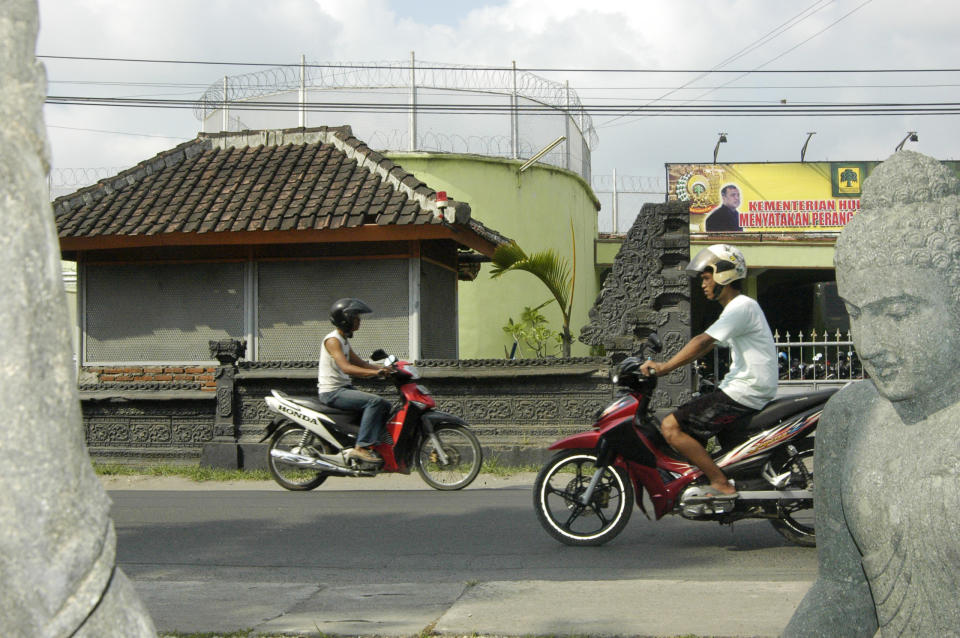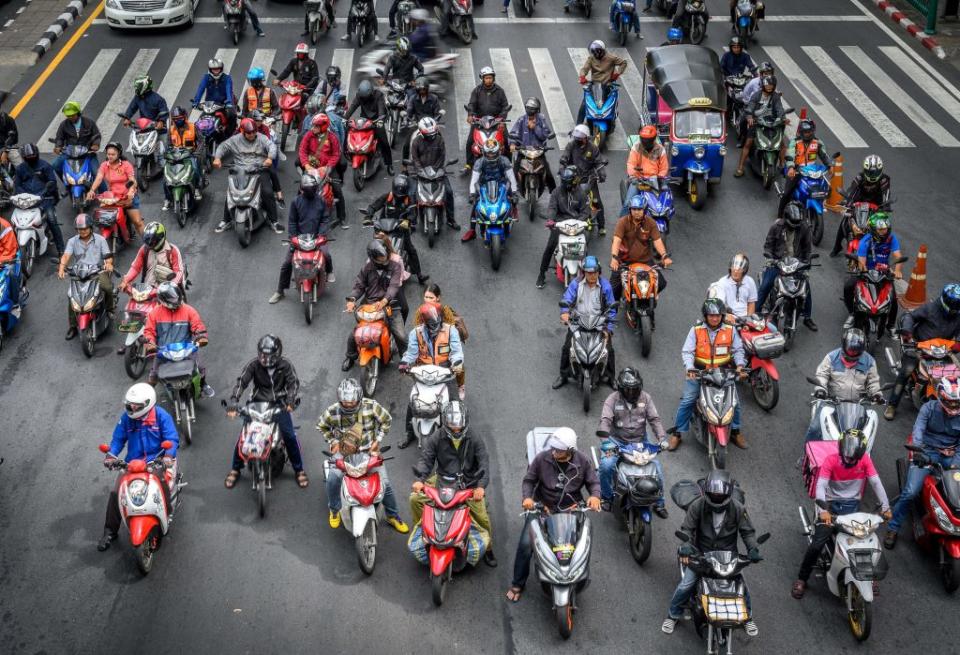What Australian travellers need to know before driving overseas
Trying to remember the different road rules when driving interstate in Australia at times can be a bit of a headache.
So imagine the struggle for those who opt to get behind the wheel or hop on a motorcycle in a whole different country.
The roads in some countries, particularly those in southeast Asia, are notorious for accidents involving Australian holidaymakers, and crashes can often be the result of a lack of understanding on how roads operate in that particular country.
For those who plan on driving when abroad and are concerned over the differing rules, Yahoo News has laid out the basics for the countries most popular with Australians.
Road rules in Bali and Indonesia
Australians will find some comfort in that motorists on the popular holiday island as well as Indonesia as a whole drive on the left.
However foreign motorists must tread with caution with road discipline and conditions relatively poor.
One major threat to drivers is hazards in the road that they may not be accustomed to.
“These can include motorcycles and bicycles that are carrying obstructive items or several people on the back, food carts stopping without warning, animals crossing the street, and all sorts of vehicles cutting you from any side to pass,” Expat.com says.

It is essential drivers obtain an International Driving Permit alongside their Australian licence before travel.
If travellers don’t, they can face spiralling fines issued by traffic officers who regularly check for licences.
If involved in a crash, most travel insurance policies also become void without one.
Roads are also far more congested with a large population of motorcycle drivers and while locals often ignore road signals, foreign drivers are known to be targeted by police if they disobey road rules.
“Young, inexperienced travellers are taking to the roads in countries that are heavily congested. Often, these riders take little regard to their safety and fail to appreciate just how risky their actions may be,” Natalie Bell, director of Comparetravelinsurance.com.au, said.
The question you should ask yourself when pulling over to help at a crash scene
Double demerits in Australia: What you need to know – so you're not caught out
One major difference from Australia is that Indonesia has a zero tolerance policy on drink driving.
The acceptable limit of blood-alcohol content in Australia is 0.05 per cent, however in Indonesia it is 0 meaning drivers can’t have any alcohol in their system
Road rules in Thailand
The minimum driving age in Thailand is slightly higher at 18, however most rentals won’t rent a car to tourists unless they are at least 21. Some rentals require drivers to be 23 and have one year’s experience driving.
Thailand’s roads again are difficult to navigate due to congestion and are filled with motorcycles – many which weave in and out of traffic.

In 2012, Australian Nicole Fitzsimons was killed on a Thai road when she and her boyfriend were struck by another scooter as they turned into their hotel.
Her sister Kate told Yahoo News Australia most Australians, like her sister, are unaware of the added dangers in the country.
In Thailand it is also illegal to drive topless as it is deemed offensive. Drivers can incur fines of up to $25.
International Driving Permits are again needed in Thailand.
Road rules in the UK
Road rules in the UK are largely similar to Australian states, with motorists also driving on the left-hand side.
Australians can use their licence in the UK for 12 months before they must apply for a British one.
Speed limits across the UK are displayed in miles per hour so drivers must transition accordingly.

Performing U-turns in the UK is far more common and is allowed on the majority of roads, meaning Australian drivers must be aware of others on the road deciding to change direction.
One more lenient rule Australians may not be aware of is during the daytime motorists can park against the flow of traffic if they wish.
Driving in London itself comes with added pressure. Notable difference include a $22 congestion charge in place on weekdays in central London areas, while double red lines along a roadside means no stopping whatsoever.
Road rules in the US
The obvious difference in the US is that vehicles drive on the right-hand side.
In the US, turning right at a red light is also allowed unless signage indicates otherwise. However this can differ from state to state, and New York City is an exception to the rule.
Speed limits across each state vary and Australians are advised to check limits before driving in each state.
US roads are also subject to a series of tolls and driving across the nation drivers must be prepared to pay for road use. Some tolls only accept cash so always have money on you when driving.
Road rules in New Zealand
As expected, driving in New Zealand is largely the same as in Australia.
Drivers from Australia can use their licence in New Zealand for up to one year.
Provisional drivers can also drive in New Zealand, but must adhere to the same restrictions as in Australia.
Drivers need to be 21 and have a full licence to hire a vehicle however.
Do you have a story tip? Email: newsroomau@yahoonews.com.
You can also follow us on Facebook, Instagram and Twitter and download the Yahoo News app from the App Store or Google Play.




